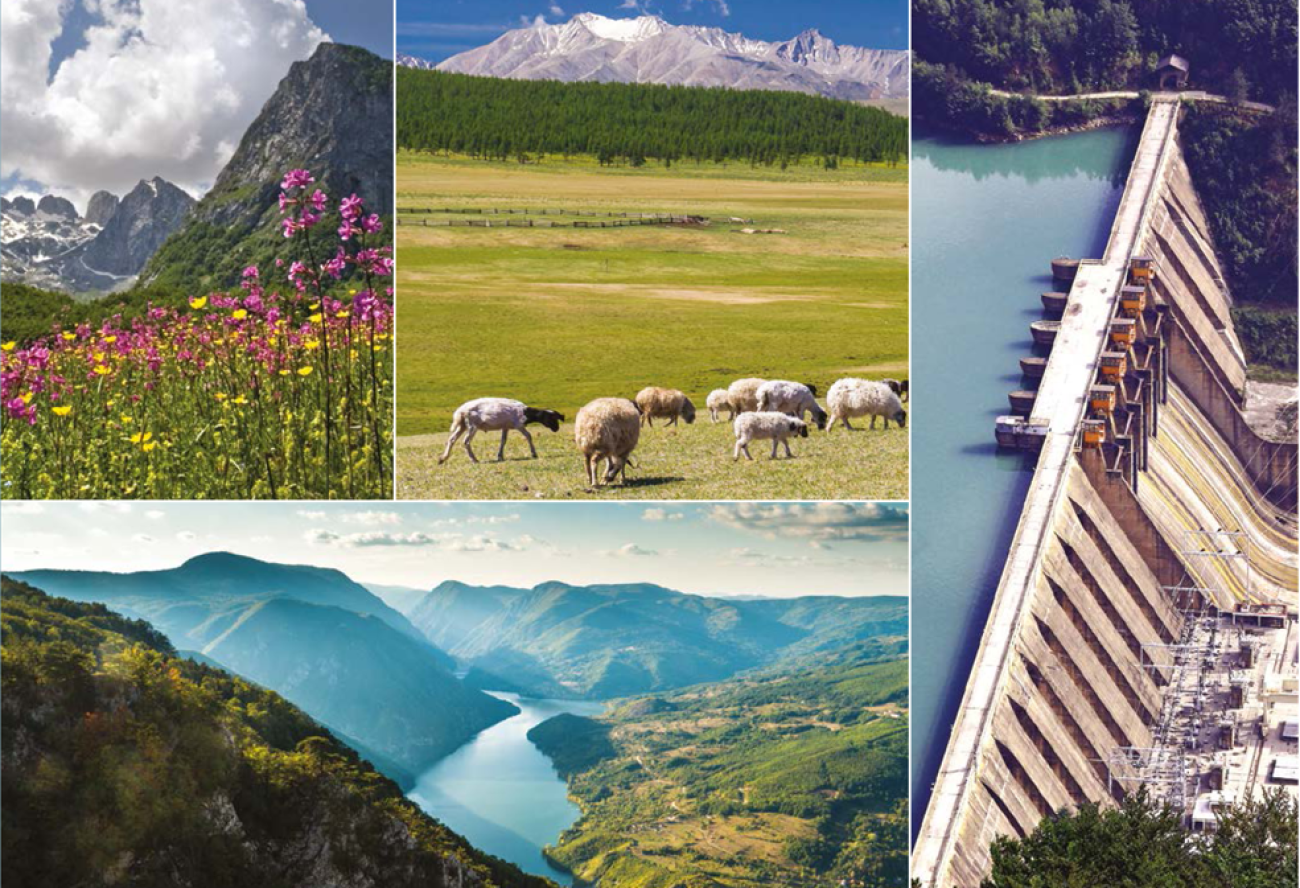UNECE presents recommendations for the sustainable future of the Drina River Basin

The high-level workshop, organized by UNECE, provided a platform for dialogue on how to foster transboundary cooperation across sectors
How can we create new opportunities for integrated investment projects and to support sustainable development of water and energy resources in the Drina river basin, shared by Montenegro, Bosnia and Herzegovina and Serbia? How can potential trade-offs be limited in favour of harnessing possibilities for cross-sectoral and cross-boundary cooperation?
These questions were at the heart of discussions between basin countries in Belgrade this week as authorities representing different natural resource management sectors, environmental protection and representatives of power utilities, civil society organizations and financial institutions discussed the recommendations of the Drina River Basin Nexus follow-up project, implemented by UNECE.
The high-level workshop, organized by UNECE and supported by the Italian Ministry for the Environment, Land and Sea, provided a platform for dialogue on how to foster transboundary cooperation across sectors, improving monitoring and knowledge about factors affecting water quality and erosion, achieving a more balanced flow regulation, including environmental flows, and promoting investment into sustainable renewable energy.
The dialogue was conducted around two key questions that are decisive for the future of the water-energy-environment nexus in the Drina river basin:
- How to better balance development, considering energy generation, land management and water use, and sustainability, including the environment, in the basin?
- What is necessary to achieve investments that provide benefits for multiple sectors and that, as such, can be considered “nexus investment”.
Among the project’s key recommendations are to improve information exchange for the Drina’s sustainable management. In particular, the project – conducted in 2018-2019 under the Water Convention – underlines the need for improved monitoring of water quality, incorporating hydrobiological quality elements and hydromorphology, requiring better harmonization for shared water bodies. Such information will allow to more effectively design measures, including to address pollution, and limit environmental impacts from future development.
Related to energy, the project called for efforts towards defining and agreeing a more optimal flow regulation, implying accounting for environmental needs and other water uses, in addition to hydropower generation. Without a basin-wide approach to managing the Drina River which is continuously transforming by erosion and sedimentation, efficiency of investment into flood protection and hydropower generation is affected. The project makes country-specific recommendations based on multi-stakeholder dialogue to promote investment into sustainable renewable energy, including wind and solar, and to capitalize on so far underdeveloped intersectoral opportunities like harnessing wastewater as a resource.
State Secretary at the Ministry of Environmental Protection of the Republic of Serbia Ivan Karić stressed: “the Drina is one of our most beatiful rivers, and citizens of Montenegro, Bosnia and Herzegovina and Serbia are privileged to live by it. However, we also share the responsibility for managing the Drina, and we need to jointly ensure its sustainable future.“
Salvatore d’Angelo of the Italian Ministry of Environment, Land and Sea Protection, which has been supporting the Drina Nexus River Basin project since its launch four years ago, said: “Integrated water management approach for the Drina river would assure regional security, stability and sustainable development, and [Italy supports] available tools that help address the issues, such as the Water Convention.”
The UN Resident Coordinator in Serbia, Ms. Françoise Jacob and the Director at the Office of UNECE’s Executive Secretary, Mr. Kire Ilioski, welcomed the participants by outlining the role of this project as an “accelerator” to tackle transboundary issues in the Drina river basin, promote investments and facilitate an integrated approach in line with the 2030 Agenda for Sustainable Development. Mr. Ilioski stated that “with regional and transboundary cooperation, and intersectoral coordination, more can be done together and some trade-offs between development and the environment become clearly a mutual opportunity”.
The project’s recommendations aim to help to build on cooperation for sustainable development in the Drina river basin, for example by facilitating agreement on priority actions and projects among sectoral authorities and between Governments, which could mitigate against perceived risks and reassure potential investors.





